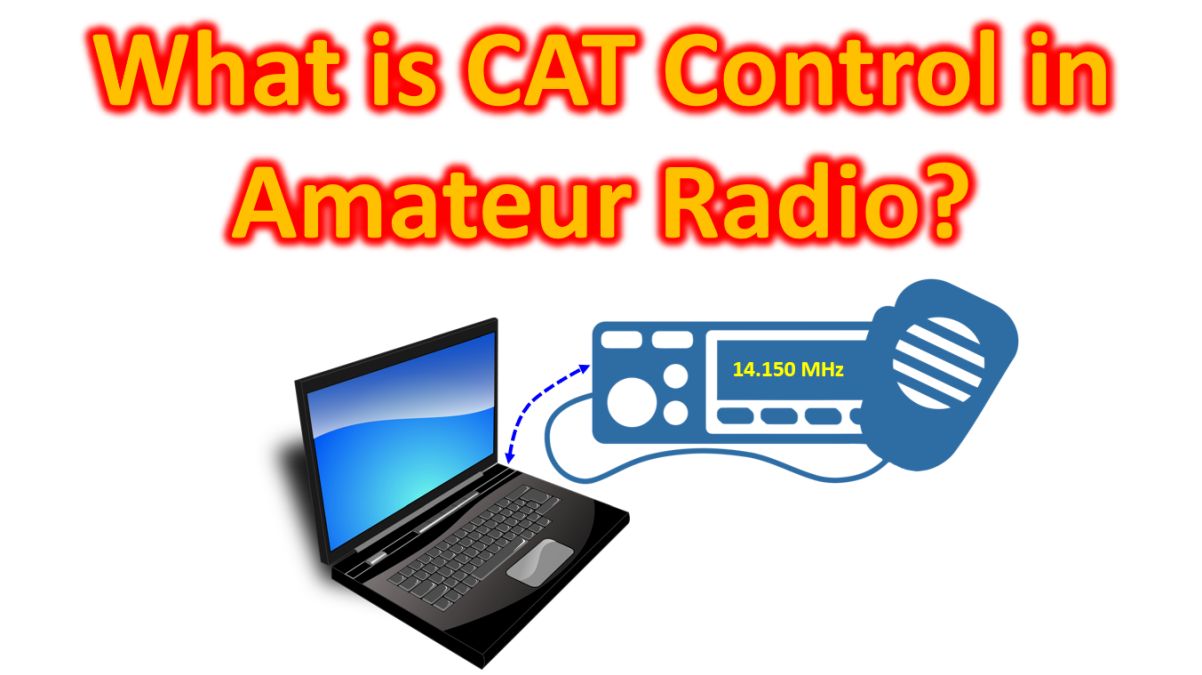What is CAT Control in Amateur Radio?
What is CAT Control in Amateur Radio?
CAT control is the abbreviation for Computer Assisted Transciever control which can be unidirectional in older radios and bidirectional in modern radios. Bidirectional means any change made in the radio front panel is automatically synchronized in the software in the personal computer as well. If CAT control is unidirectional, changes made in the computer are transferred to the radio, but not vice versa. Though the term CAT was introduced as Computer Assisted Protocol in 1980s by Yaesu, hams use it as a generic term to mean controlling the radio using a computer. While some older radios connected to the RS 232 ports, many modern radios have USB connections for CAT control. If your computer does not have an RS 232 as in most modern laptops, USB to RS 232 adaptors can be used. Icom uses a CI-V interface for communication between your radio and computer. CI-V stands for communications interface version 5.

Each manufacturer supplies a different type of cable for interfacing the radio with computer. There are also cables available from other manufacturers. Some also provide audio interface with the computer for using popular weak signal digital modes like FT8 in the same cable. There are various softwares available for CAT control, some of which are free while others are paid. Softwares are there for different platforms like Windows, Linux and Mac OS. Applications like WSJT-X for digital modes and Gpredict for satellite frequency Doppler tracking have options for CAT control included in them. In addition to frequency control, filter selection and memory management are also now available in CAT control. Automatic logging features are very useful if you are working a contest.